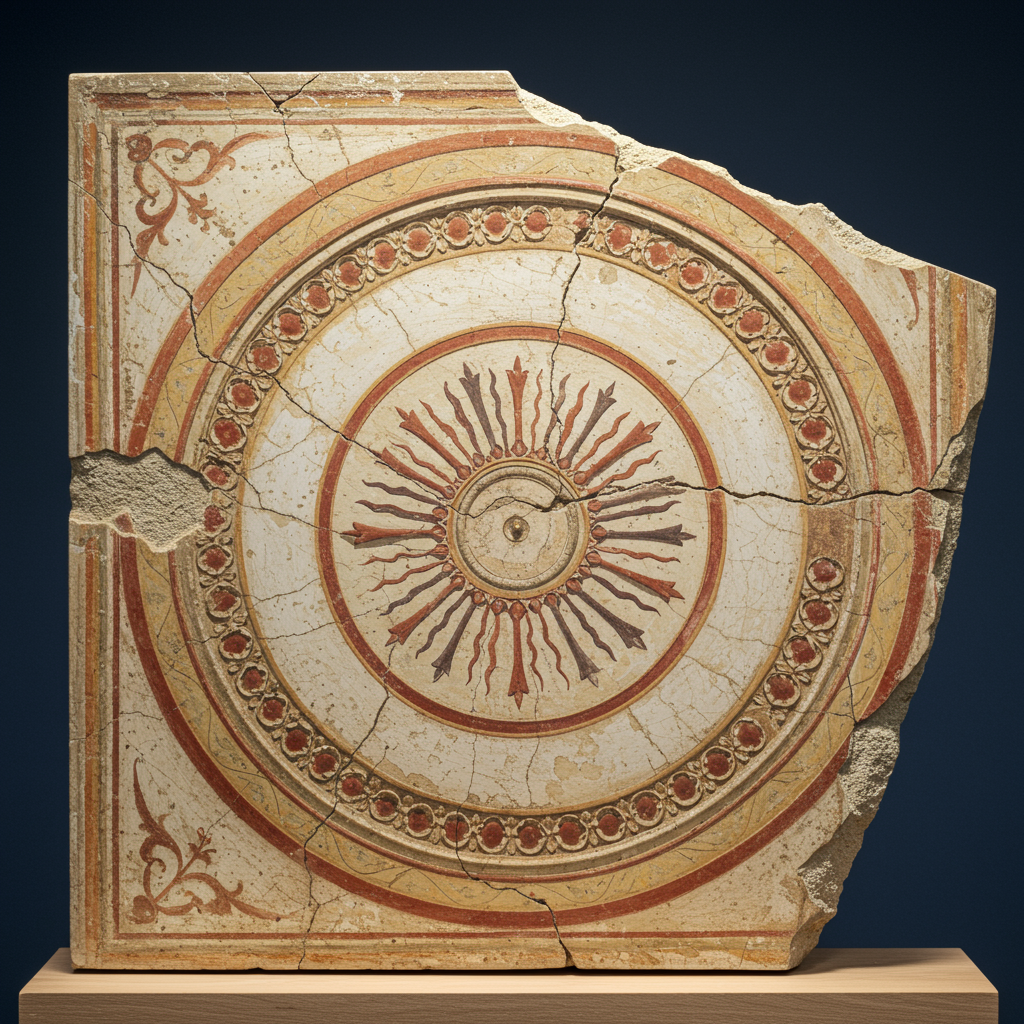President Donald Trump’s recent diplomatic visit to Tokyo marked a pivotal moment for U.S.-Japan relations, culminating in significant strategic agreements and a notable Nobel Peace Prize nomination from Japan’s trailblazing Prime Minister, Sanae Takaichi. This high-stakes engagement solidified crucial economic and security partnerships, laying the groundwork for deepened cooperation amidst evolving global challenges. The discussions underscored a shared commitment to regional stability and economic resilience, with both leaders emphasizing a new era of bilateral strength.
A New Chapter in US-Japan Relations
The meeting between President Trump and Prime Minister Takaichi represented a fresh chapter in the enduring alliance between the United States and Japan. Takaichi, making history as Japan’s first female prime minister, only recently took office. Her initial interactions with Trump were characterized by a warm rapport, highlighted by Trump’s public praise and acknowledgment of her historic achievement. He congratulated her, calling her appointment “a big deal,” a sentiment that resonated with the significance of her role.
The Inaugural Meeting and Personal Diplomacy
Their first formal encounter in Tokyo began with a “very strong handshake,” setting a positive tone for the discussions at Akasaka Palace. This gesture, remarked upon by Trump, symbolized the cordiality and strength of the alliance. The leaders also shared a lighthearted moment, watching the beginning of the World Series together. This blend of formal negotiations and personal connection aimed to foster a robust working relationship between the two nations’ leaders.
Takaichi’s Historic Role and Abe’s Legacy
Prime Minister Takaichi’s leadership holds particular significance due to her close political alignment with the late Japanese Prime Minister Shinzo Abe. Abe, a strong ally and personal friend of Trump, played a crucial role in shaping modern US-Japan ties. Trump acknowledged this connection positively, noting that “Abe liked her and she liked him,” signaling continuity in the strong relationship built over prior administrations. Takaichi’s historic appointment as the first female prime minister further underscored a progressive step for Japan.
Nobel Peace Prize Nomination: A Diplomatic Gesture
A standout development during the visit was Prime Minister Takaichi’s commitment to nominate President Trump for the Nobel Peace Prize. This public announcement, later confirmed by White House press secretary Karoline Leavitt, signals a powerful diplomatic endorsement. Takaichi lauded Trump’s “unwavering commitment to world peace and stability,” stating that the world has “started to enjoy more peace on the ground.”
A Nod for Global Stability
Takaichi’s nomination came after public remarks where she articulated her appreciation for Trump’s efforts. She informed him privately of her intention to put his name forward for the distinguished award, reinforcing the sincerity of her sentiment. This gesture aligns with a pattern of other foreign leaders previously suggesting Trump for the prestigious prize, reflecting a recognition of his “dynamic diplomacy” on the global stage.
Trump’s Perspective on the Prestigious Award
President Trump has consistently expressed his belief that he deserves the Nobel Peace Prize, citing various international initiatives and peace efforts during his tenure. While acknowledging the prize committee recently awarded it to Venezuela’s opposition leader, his reception of Takaichi’s nomination was clearly positive. This recurring theme of Nobel consideration underscores the perceived impact of his foreign policy approach among certain international figures.
Fortifying Economic and Strategic Partnerships
Beyond the diplomatic gestures, a core focus of the Tokyo meetings was to significantly strengthen economic and strategic partnerships. Both nations converged on critical agreements addressing trade, investment, and, most importantly, the security of vital supply chains, particularly for essential materials. These discussions were pivotal for solidifying the Indo-Pacific alliance and navigating complex geopolitical landscapes.
Securing Critical Minerals and Rare Earths
A major point of agreement was the security of critical minerals and rare earths supply chains. These materials are indispensable for manufacturing computer chips, electric vehicles, and military equipment. With China implementing restrictions on exports, the U.S. is actively seeking cooperation from its Asian partners like Japan. To address this, a framework agreement was signed, committing both countries to develop a coordinated plan to accelerate the delivery of processed minerals. This strategic collaboration directly counters potential vulnerabilities in global supply chains.
The $550 Billion Trade and Investment Framework
The leaders reaffirmed a substantial $550 billion investment framework, a cornerstone of their economic discussions. Under this agreement, Japan committed to significantly boost purchases of U.S. goods, including agricultural products like soybeans, natural gas, and American-made pickup trucks. This framework also includes Japanese contributions to American shipbuilding projects, aiming to alleviate U.S. tariffs and boost American exports. A gold-hued Ford F-150 pickup truck was prominently displayed outside the venue, symbolically addressing Trump’s long-standing complaint about Japan’s imports of U.S. vehicles. Aides privately termed Takaichi’s government’s contemplation of a symbolic Ford truck purchase a “charm offensive.”
Addressing Geopolitical Challenges and Defense
The leaders also engaged in high-level discussions on pressing geopolitical challenges, underscoring the comprehensive nature of their alliance. These talks extended to military dimensions and economic strategies designed to enhance regional security and deter potential aggressors. The ongoing Russia-Ukraine war and broader regional power dynamics formed a crucial backdrop to these deliberations.
Boosting Defense Cooperation and Regional Security
President Trump consistently urged Japan to increase its defense spending, a call that Takaichi sought to address by pledging to fast-track plans to raise Japan’s defense spending to 2% of GDP. This move is primarily aimed at deterring an increasingly assertive China and strengthening Japan’s self-defense capabilities. The U.S. reiterated its unwavering support for Japan, with Trump affirming, “Anything I can do to help Japan, we will be there. We are an ally at the strongest level.” This commitment highlights the mutual security interests and shared vision for a stable Indo-Pacific.
Balancing Trade and Geopolitical Influence
The visit formed part of Trump’s broader efforts to reassert U.S. economic leadership and mend diplomatic frictions across Asia. Beyond critical minerals, their discussions touched upon overall trade, investment, and defense. The objective was to secure substantial Japanese investments while addressing China’s growing influence. The strategic partnership solidified during this visit is crucial for balancing power and promoting open trade in the region.
Cultural Exchanges and Goodwill
Beyond the serious geopolitical and economic discussions, the Tokyo meeting was also marked by several gestures of goodwill and cultural exchange, reinforcing the personal bonds between the leaders and their nations. These moments added a human dimension to the high-stakes diplomacy. Such exchanges foster deeper understanding and strengthen the long-standing friendship between the two countries.
Symbols of Enduring Friendship
In a gesture symbolizing enduring friendship, Takaichi announced Japan would gift 250 cherry blossom trees to the United States for its 250th birthday celebration next year. Japan also committed to providing fireworks for the celebration, a reciprocal gesture for U.S. Independence Day. Takaichi presented Trump with symbolic gifts, including former Prime Minister Abe’s golf putter, a golf bag signed by major champion Hideki Matsuyama, and a gold leaf golf ball. The leaders and their advisors further cemented their collaboration over a working lunch featuring American rice and beef prepared with Japanese ingredients.
Trump’s Extensive Diplomatic Engagements Across Asia
President Trump’s visit to Japan was a significant stop on his most extensive tour since returning to office, highlighting a comprehensive diplomatic offensive across Asia. This strategic itinerary aimed to strengthen existing alliances, address key economic imbalances, and navigate complex international relations. The trip emphasized a renewed focus on U.S. leadership in the Indo-Pacific region.
The Broader Asia Itinerary
Prior to his engagement with Takaichi, Trump conducted a ceremonial visit with Japan’s Emperor Naruhito. Following his Tokyo engagements, Trump traveled to Kuala Lumpur for the ASEAN summit, where he publicly celebrated a ceasefire agreement between Thailand and Cambodia, attributing the resolution of their border skirmishes to his “firm diplomacy.” The tour was also strategically aimed at stabilizing U.S. ties with China, preceding a crucial planned meeting with Chinese President Xi Jinping in South Korea later in the week. Negotiators from both nations expressed optimism about finalizing a new trade deal to alleviate economic strain. Trump was slated to depart for Seoul to attend the Asia-Pacific Economic Cooperation (APEC) summit, where leaders were expected to discuss trade, regional security, and the evolving balance of power. He also addressed U.S. troops aboard the USS George Washington, docked near the Japanese capital.
Frequently Asked Questions
What were the main outcomes of Trump’s meeting with PM Takaichi?
President Trump’s meeting with Japanese Prime Minister Sanae Takaichi yielded several key outcomes. Most notably, Takaichi committed to nominating Trump for the Nobel Peace Prize, citing his “unwavering commitment to world peace.” The leaders also signed a crucial framework agreement to secure critical minerals and rare earths supply chains, vital for technology and defense. Economically, they reaffirmed a $550 billion investment framework, with Japan pledging increased purchases of U.S. goods and contributions to shipbuilding. Discussions also covered Japan’s defense spending and the Russia-Ukraine war.
Where did the US and Japan focus their efforts on critical mineral supply chains?
The United States and Japan focused their efforts on securing critical minerals and rare earths supply chains, which are essential for industries like computer chips, electric vehicles, and military equipment. This cooperation is particularly important as China has tightened export controls on these materials. They signed a framework agreement committing to a coordinated plan to accelerate the delivery of processed minerals. This strategic partnership aims to mitigate supply chain vulnerabilities and ensure economic security for both nations, solidifying their alliance in the Indo-Pacific region.
Why did Prime Minister Takaichi nominate Donald Trump for the Nobel Peace Prize?
Prime Minister Sanae Takaichi nominated Donald Trump for the Nobel Peace Prize based on her assessment of his contributions to global stability. She publicly stated that the world had “started to enjoy more peace on the ground” and valued his “unwavering commitment to world peace and stability.” This diplomatic gesture, made during his visit to Tokyo, reflects Takaichi’s appreciation for Trump’s “dynamic diplomacy” and aligns with his own belief that he deserved the award, echoing similar sentiments from other foreign leaders in the past.
Conclusion: A Strengthened Alliance for a Complex World
President Trump’s visit to Japan, marked by strategic agreements and diplomatic accolades, has significantly reinforced the U.S.-Japan alliance. The commitment to secure critical mineral supply chains, the substantial trade and investment framework, and Takaichi’s historic Nobel Peace Prize nomination underscore a partnership designed to address shared economic and security challenges. As global dynamics continue to shift, this strengthened alliance, built on both strategic imperatives and personal rapport, is poised to play a crucial role in maintaining stability and prosperity in the Indo-Pacific region and beyond. This visit signals a clear intent to deepen cooperation and mutual support, cementing the U.S. and Japan’s position as vital partners on the international stage.


